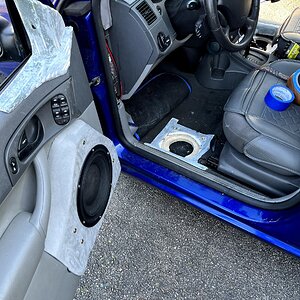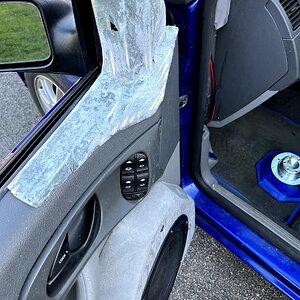I would use a single chamber and a single port, if you can. Single chambers and a single port will usually lessen chances of cancellation. Depends on the size of the overall box, but single chambers vs multiple chambers has a slight sound difference, where a larger single airspace will resonate lower than say 2 smaller divided airspaces will, even with the exact same overall airspace for both setups.
In reality, it won’t make much a difference, more than likely, as long as it’s done properly with either way. From my long experience of designing, for ported, I generally like to use a single chamber with a single port, because if you have 2 ports, any differences between those 2 ports can cause some level of cancellation. You could imagine like 8 subs with 8 ports, for example, and how hard it would be to make all 8 of those ports the exact same dimensions, which would significantly raise your chances of having the ports fight each other, to whatever degree.
Generally, the only benefit to having split chambers is usually with sealed boxes, where sometimes sealed boxes can cause too much stress on the woofer cones and surrounds, if you have a ton of subs all pushing in and out at the same time in a single chamber. With ported, larger chambers tend require slightly smaller ports to get the same port speed vs multiple small chambers and ports, so doing a larger single chamber tends to make the box smaller to a degree, as well.
Really you want any number of multiple woofers acting together as one woofer in one enclosure; that’s been the best results from my experience.


